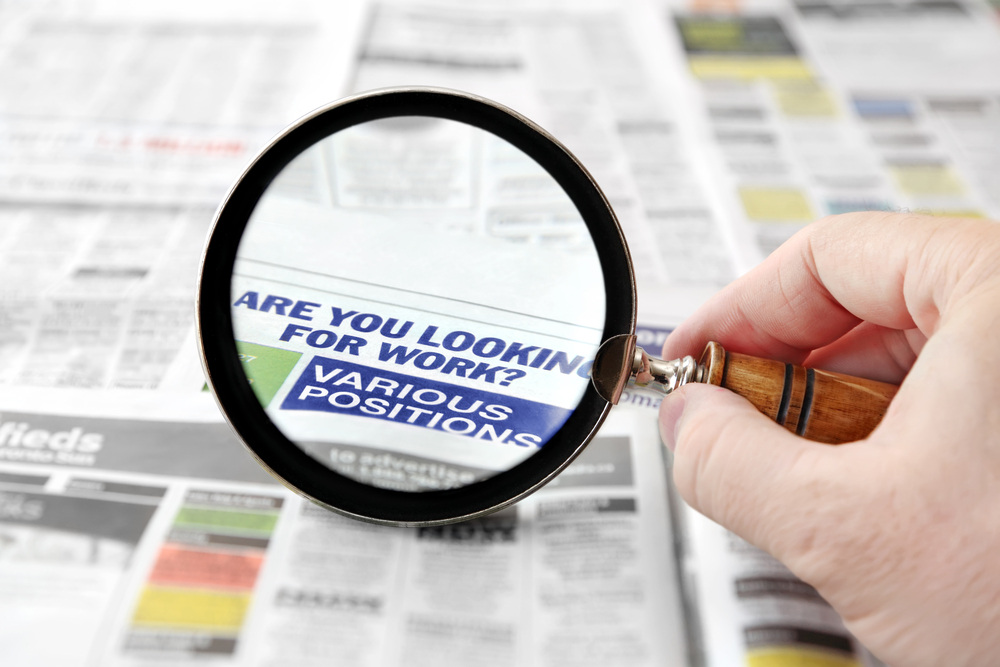
WASHINGTON—Hiring was likely robust for a fifth straight month in June, a sign that the economic recovery, now entering its sixth year, is finally gaining meaningful traction.
Economists have forecast that employers added 215,000 jobs last month, according to FactSet. That would be roughly in line with the 217,000 workers added in April. Average monthly job gains have averaged 213,600 this year.
The government will release the June employment report at 8:30 a.m. Eastern time Thursday.
If more than 200,000 workers were added last month, it would mark the fifth consecutive month of job gains at least that high. Not since the height of the tech boom in 1999 and 2000 has hiring been that consistently strong.
Analysts predict that the unemployment rate will remain 6.3 per cent for a third straight month. If the rate stays flat despite solid hiring, it will likely be because more people out of work began seeking jobs last month. The government counts people as unemployed only if they’re actively seeking jobs. So when more people start looking for work, more are typically counted as jobless, and the unemployment rate can stay flat or even rise.
Private payrolls provider ADP said Wednesday that businesses added 281,000 jobs in June. The figure suggests that the government’s jobs report could bring a pleasant surprise. But the ADP numbers cover only private businesses, and they often diverge from the government’s more comprehensive report
In May, the economy surpassed its jobs total in December 2007, when the Great Recession started. But economists at the liberal Economic Policy Institute estimate that 7 million more jobs would have been needed to keep up with population growth.
Many people who lost jobs during the recession and were never rehired have stopped looking for work. Just 62.8 per cent of adult Americans are working or are looking for a job, compared with 66 per cent before the recession.
Average wages, meanwhile, have grown just 2 per cent a year during the recovery, below the long-run average annual growth of about 3.5 per cent.
Many economists predicted late last year that the steady but tepid recovery would accelerate in 2014. The momentum built over the past four years will finally unleash more hiring and higher wages, they said.
But the economy actually shrank in the first three months of this year at an annual rate of 2.9 per cent. That’s the sharpest quarterly contraction since the recession. Ferocious winter storms and freezing temperatures caused factories to close and prevented consumers from visiting shopping malls and auto dealers.
Yet the winter failed to freeze hiring. This should help to speed economic growth because more jobs lead to more paychecks to spend.
Most economists say annualized growth is tracking 3 per cent to 3.5 per cent in the current second quarter. Growth over the course of the entire year should be closer to 2 per cent for the entire year, roughly similar to the 1.9 per cent increase in gross domestic product achieved last year.
Other than the weak growth at the start of the year, the economy’s health appears to be improving.
Auto sales rose at the fastest pace in eight years in June. Dealers unloaded vehicles at an annual pace of 16.98 million last month. Factory orders picked up last month as well, according to a report this week by the Institute for Supply Management.
Home sales also strengthened in May, after having sputtered in the middle of last year when higher mortgage rates and rising prices hurt affordability.